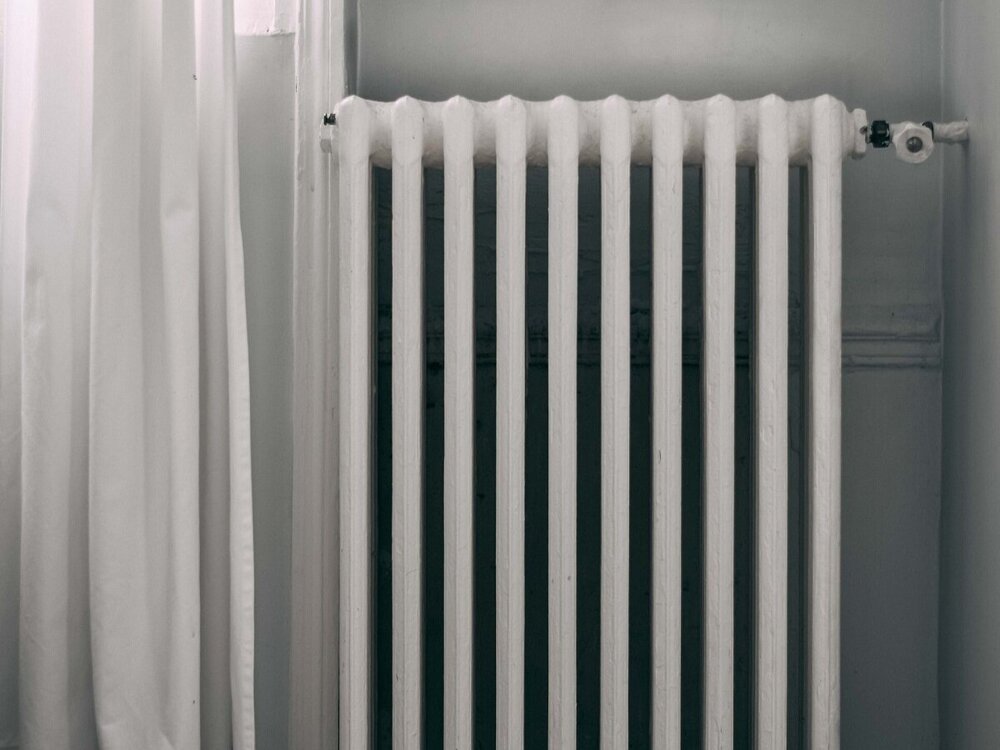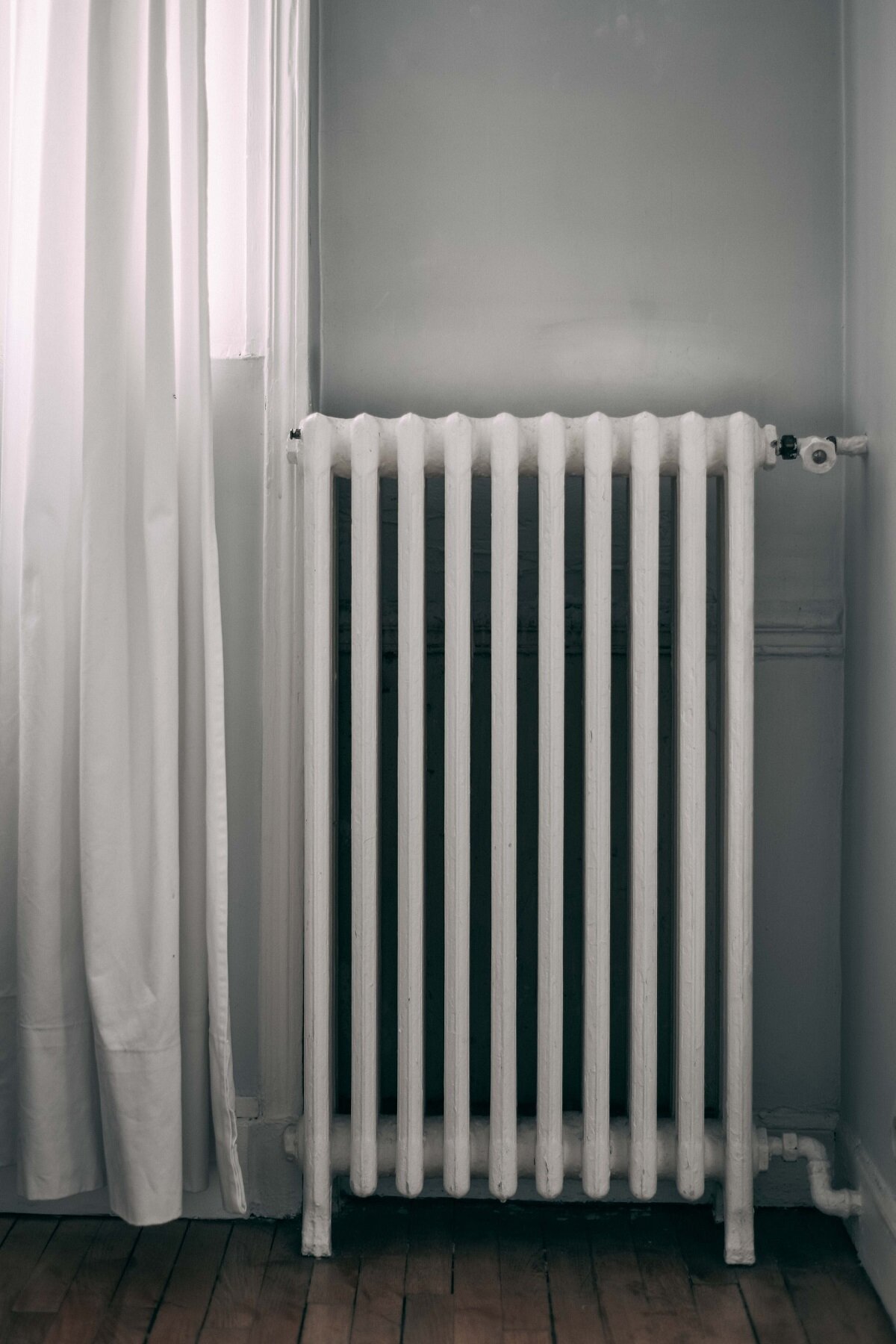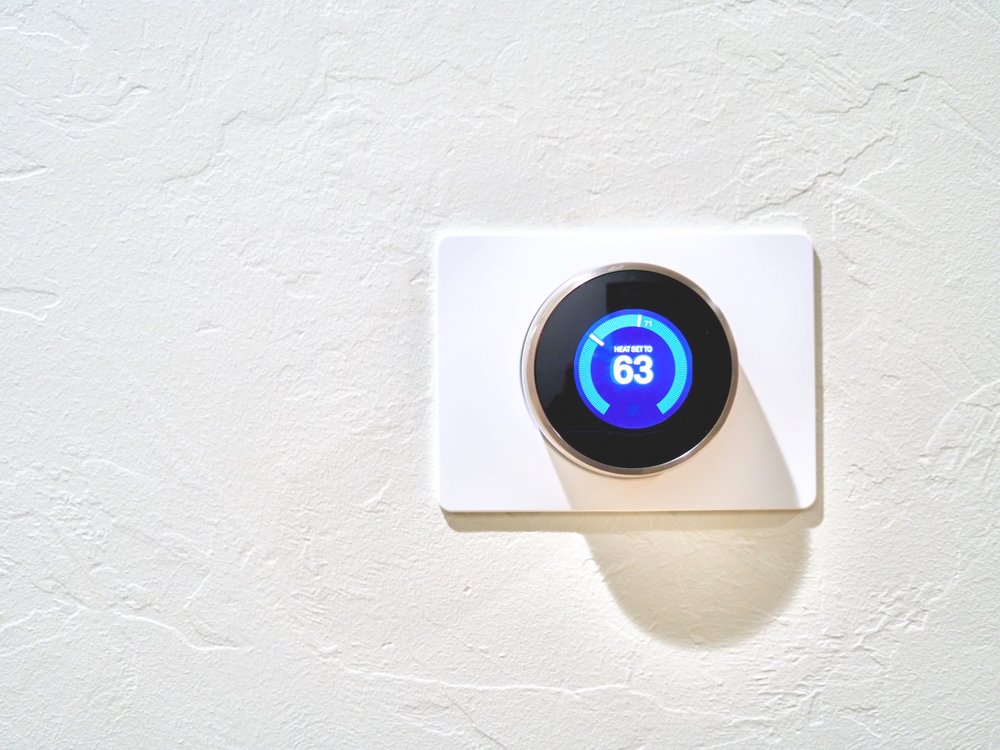October 8, 2020
Furnace Not Igniting? 6 Reasons and How to Fix It

Furnace not igniting? This is a common issue many homeowners (especially those in Utah) face. As the cold autumn and winter months roll in, it is particularly important to fix this problem and make sure your furnace is working properly. After all, no one wants to freeze during these chilly months!
Furnace not igniting? Here’s why…
If your furnace is not igniting, there are several different issues that could be causing this. Keep reading to learn about the top 6 reasons why furnaces won’t ignite and how to fix these problems.

Photo by GRÆS Magazine on Unsplash
#1 – The gas supply
If the gas supply to your home (and therefore furnace) is cut off or shut down for some reason, then your furnace will not ignite. There are a couple ways you can find out whether or not the gas line to your furnace is on.
First, try lighting another gas-fueled appliance in your home, such as a gas stove. If the appliance turns on, then you know the issue is not the gas line. However, if the appliance does not ignite, then there’s a very good chance that there’s a problem with the gas supply. Call an HVAC technician to come check out what the problem could be. If your home is on a city gas line, it is especially important that you call an HVAC technician to come inspect your property, because it is too dangerous for you to look into yourself.
On the other hand, if your furnace is powered by propane, it should be safe for you to investigate the gas supply a bit further. Locate your gas storage tank, and then locate the fill valve. This should be in the top center of the tank. Then, locate the gas pressure gauge. You want the gas pressure gauge to read 25 or higher, because your furnace may not ignite if the gas pressure is lower than that. If it is lower than 25, call your gas company to have them come fill up the tank.
IMPORTANT: No matter what, if you smell a gas scent in your home, call an HVAC technician immediately and evacuate your home.
#2 – The furnace itself
Also, check to ensure that your furnace itself is turned on. Even gas furnaces use electricity, so check to make sure the furnace’ switch is ON. Additionally, check the breaker the furnace is linked to to make sure that is on and working properly as well. If you have to keep turning the furnace switch and/or breaker back on because it keeps tripping, call an HVAC professional to further inspect the issue.
#3 – Ignition source issues
The ignition source is the part of the furnace that causes it to actually ignite. If the ignition source is broken, this could be why your furnace is not igniting.
Pilot lights are a common furnace ignition source. If your furnace uses a pilot light, look at the bottom of the appliance where the burner trays are. Do you see a small flame? If so, the pilot light is working properly. If there is no flame, then you can try using a long match to reignite the fire. If that doesn’t work, there may be a bigger issue that requires professional attention.
Or, your furnace may use an electronic igniter switch, which is located in the same place as the pilot lights described above. This switch does not ignite a small flame as pilot lights do, but instead gets very hot and glows with heat when working correctly. If you see the switch glowing red or orange when starting your furnace, you can be certain it’s on and running. You should also hear a clicking noise as the furnace ignites. However, multiple click noises at small intervals signals that the furnace is trying to ignite but can’t. If this happens, clean the igniter switch area very gently to rid the switch of any buildup that could be preventing it from starting properly.

Photo by Dan LeFebvre on Unsplash
#4 – The thermostat
If you’ve checked for these other issues, and your furnace still is not igniting, then it’s time to inspect your thermostat.
First of all, does the temperature in your home match what your thermostat is set to? If not, this could be a sign that something is wrong!
Is your thermostat displaying any error messages? Look for any error codes and/or messages, and check your thermostat’s manual to see what the error means and how to handle it.
Additionally, you can test your thermostat by listening to your furnace. To do so, follow these steps:
- Turn your thermostat to the heat setting, and then turn it up several degrees.
- Listen for the system’s fan turning on.
- Then, you should hear the gas in the furnace igniting with a “swoosh”.
- Finally, you should hear and feel the hot air flowing from the air vents in your home.
If any of these steps don’t happen, you may need to replace your home’s thermostat. You can either do this yourself by yourself, or hire an HVAC professional if you don’t feel comfortable handling it on your own.
#5 – Check the furnace air filters
Next, you should inspect your furnace’s air filters for buildup and blockages. Hot air from your furnace can’t flow freely in your home if your vents are blocked. So, your furnace may actually be igniting, but the hot air can’t get to the rest of your house due to clogged vents.
If your filters look extremely dirty and/or clogged, you should replace them. Make sure you also check your vent registers to make sure those are clear, too.
You can always hire a professional air duct cleaning company to clean your home’s furnace filters and vents if needed. If you attempt to clean the vents yourself and the furnace still doesn’t seem to be working, you should especially consider getting your vents professionally cleaned.
#6 – Flame sensor problems
Finally, flame sensor problems are a common reason behind a furnace not igniting. The flame sensor is the part of the furnace that actually ignites the flame and ensures that the flame stays lit. However, particle buildup on the flame sensor is common and often prevents the sensor from working properly.
To clean the flame sensor, first turn off your furnace. You will either need to switch the furnace itself off or turn it off via the corresponding breaker box in your home. Then, find the flame sensor. It’s a rod with a wire that is located directly in line with the burner trays. Check to see whether the rod is cracked or corroded. If possible, try to remove the rod (by unscrewing it) and then clean the surface with sandpaper or steel wool. If the rod is cracked, you will likely need to hire a professional to replace it.
![]()
![]()
![]()
Credit: Andrew Searles, luketaibai, and DinosoftLab
Try these solutions for a furnace not igniting!
There you have it! These are the top solutions to problems with a furnace not igniting. If you’re having trouble igniting your home’s furnace, start by looking into the problems and fixes offered in this post.
Thankfully, you can do a lot of troubleshooting for these issues on your own before calling an HVAC professional. However, don’t hesitate to call an HVAC technician if you’re not confident in your troubleshooting efforts. It’s always better to be safe than sorry, especially if you could be putting yourself and/or your family in danger.
If you have any other questions about your furnace or are dealing with furnace and/or vent problems in your home, give us a call! We’d be happy to help!

Leave a Reply